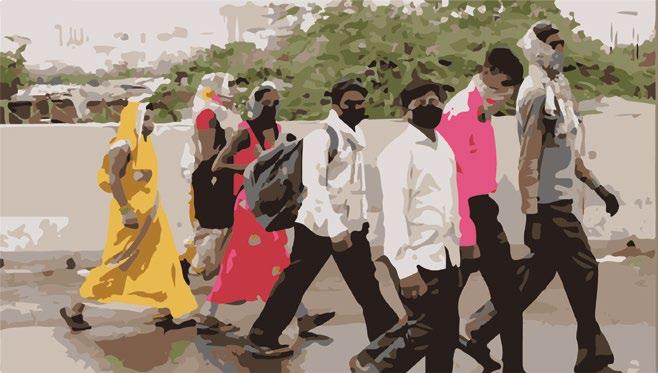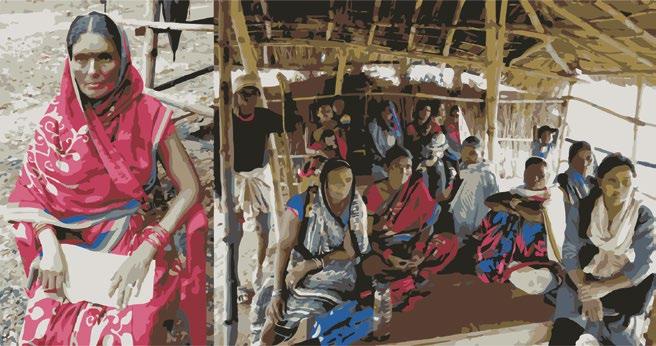Family visiting the detained members in the detention camp, Assam, India. Photo: Shaheen Abdulla, Maktoob
Citizenship crisis in Assam On August 31, 2019, the final National Register of Citizens (NRC) was released in Assam. It excluded 1.9 million people, who now along with their families face the specter of statelessness. Two other processes, the ‘Declared Foreigner’ and ‘D Voter’ process together with the NRC exclusions potentially target 2.2 million Indians and their families in all. The first draft of the NRC published in July 2018 had excluded 4 million from NRC List and although the final draft exclusion was much lesser in number, it was still a significant number. The process has been arduous and traumatic affecting religious and ethnic minorities, 69 per cent affected by this are women. Behind this much criticized process off seeking a documentary test of citizenship is the peculiar history of the North Eastern state of Assam, ethnic strife and a targeting of the linguistic and religious minorities. The purpose of the entire NRC process was to identify people who allegedly emigrated illegally from Bangladesh after 1971, when East Pakistan became Bangladesh. After much conflict the Assam Accord was signed in 1985 and this document HUMAN RIGHTS IN INDIA - Status Report 2021 by IAMC
forms the basis of the ongoing process of the NRC. The NRC process required citizens to produce documentary evidence of residence in Assam before March 24, 1971. They required proof that either they or their ancestors were residing in India before that date. These were called legacy documents. The other set of documents were linkage documents that established person’s relationship with those ancestors. Poor history of documentation, bureaucratic hurdles, corruption and the limited resources of the economically challenged classes made documents a luxury for a large section of people. Worse still is the fact that minor name and date discrepancies have led to exclusions.2
Judicial intervention The NRC process can be broadly divided into two stages. The first is circumstances under which the Supreme Court struck down the newly enacted Illegal Migrants (Determination by Tribunals)
37




















